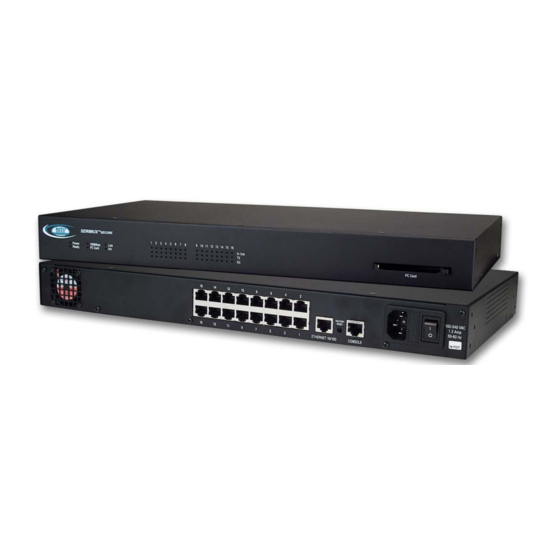
User Manuals: NTI SERIMUX-SECURE-x Serial Switch
Manuals and User Guides for NTI SERIMUX-SECURE-x Serial Switch. We have 1 NTI SERIMUX-SECURE-x Serial Switch manual available for free PDF download: Installation And Operation Manual
NTI SERIMUX-SECURE-x Installation And Operation Manual (69 pages)
Secure Access Console Switch
Table of Contents
Advertisement
Advertisement
